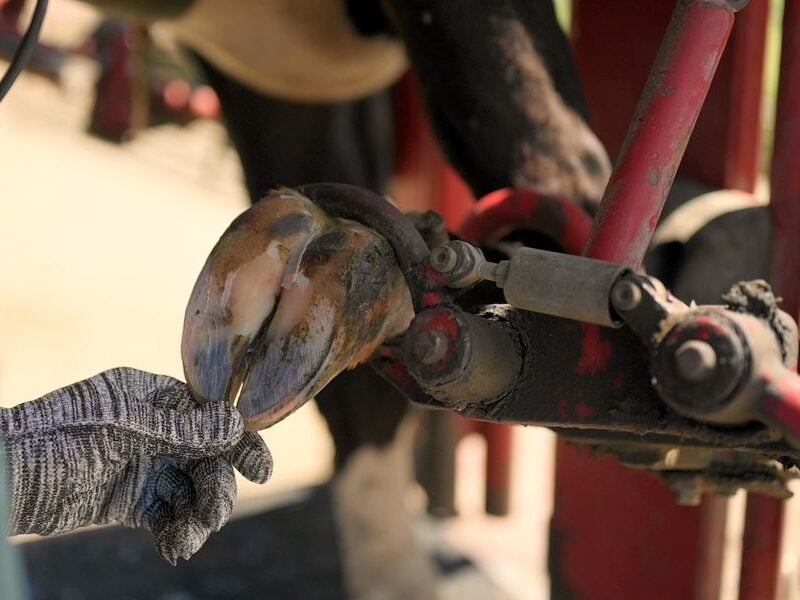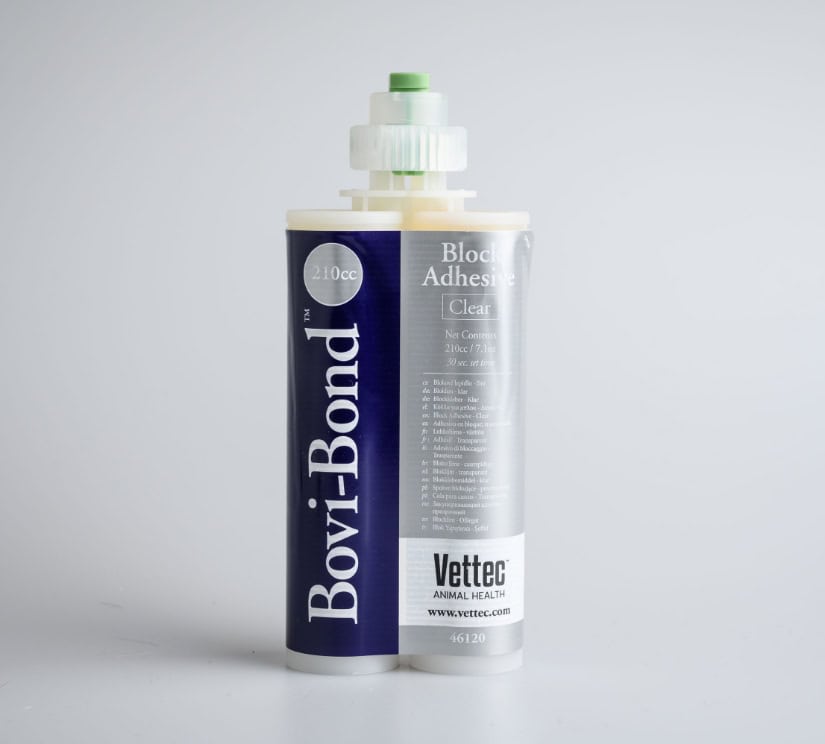
The Lameness Scoring System
Assessment of a cow’s lameness score gives a visual assessment of the severity of a cow’s lameness.
The scoring system rates cows from 0 (no lameness) to 3 (very lame) and gives recommended actions to take. It’s based on similar systems in UK and US but modified for New Zealand.
Lameness Score 0 – Walks evenly. No action required.
Lameness Score 1 – Walks unevenly. Minor action required. Record and keep an eye on her – some cows normally walk unevenly.
Lameness Score 2 – Lame. Action required. This cow is lame and needs to be reported, drafted and examined within 48 hours.
Lameness Score 3 – Very lame. Urgent action required. This cow is very lame and needs urgent attention. Draft and examine as soon as possible within 24 hours. She may require a vet.
All lame cows should not be made to walk far and should be kept on pasture.
Why lameness score cows?
Lame cows take time, energy and skill to treat and are a financial cost that impacts on farm profits. Lame cows produce less milk, lose weight and take longer to cycle.
Early treatment is the key to rapid and complete recovery with minimal disturbance to the cow and her productivity.
What to look for when you lameness score cows
The scoring system focuses on six indicators of lameness – walking speed, walking rhythm, stride length & foot placement, weight bearing, back alignment and head position.
Many of the early indicators of lameness are subtle and only seen with careful inspection of walking cows.
Walking speed. Cows should be able to keep up with the herd at a similar pace to a person. Reduced speed will be more easily noticed when cows are walking at their own pace back to the paddock.
Walking rhythm. Cows normally have a regular rhythm in all four legs and walk confidently with a fluid motion. If she becomes lame the rhythm will be interrupted and become uneven.
Stride length and Foot placement. When cows walk on an even surface and at their own pace, they’ll ‘track-up’. Cows with lameness scores of 1, 2 and 3 may have a shortened stride and their rear foot may fall short of the front foot placement.
Weight bearing. Cows with healthy feet, place and weight- bear evenly on all four legs while standing and walking. Lame cows will favour the lame leg. This leg will not fully weight-bear and the opposite leg will take more weight – the dew claws will sink closer to ground level.
Back. Non-lame cows tend to stand and walk with a straight back, whereas an arched back can indicate lameness.
Head. A cow will normally hold her head slightly below the back line. When she’s walking the head only moves a little. Lame cows may lower or bob their head.
When to lameness score cows
Lameness scoring should take place throughout the year on flat, even surfaces.
Cows can also be observed when being brought in for milking and as they enter the shed. In a rotary, look out for uneven weight bearing as cows stand in the bail.
When bulls are being used for mating, they should also be observed for lameness regularly.
